
OR
US Dollar surges to new heights against Nepali Rupee
Published On: September 8, 2023 12:00 PM NPT By: Republica | @RepublicaNepal

KATHMANDU, Sept 8: The US dollar has soared to unprecedented levels against the Nepali rupee, reaching a record high, according to Nepal Rastra Bank (NRB). Today, the selling rate of one US dollar stands at Rs 133.44, surpassing the previous mark of Rs 133.34 recorded on August 18.
Concurrently, the buying rate for a US dollar has been set at Rs 132.84. This remarkable surge in the US dollar's value can be attributed to the weakening of the Indian currency, causing the Nepali rupee to depreciate due to the fixed exchange rate between the Nepali rupee and the Indian currency. Currently, Rs 160 Nepali rupees are equivalent to INR 100, thus making the Nepali rupee vulnerable to fluctuations in the Indian currency. Notably, one US dollar remains fixed at INR 83.13.
In recent times, India has witnessed a substantial increase in imports, leading the Reserve Bank of India (RBI) to predict a rise in inflation rates. This surge in imports for consumption has put pressure on foreign exchange reserves, resulting in an increased demand for the US dollar and a consequent depreciation of the Nepali rupee, as analyzed by experts. Consequently, foreign investors have initiated a withdrawal of their investments, further affecting the exchange rates in the region.
What happens when the US dollar rises?
The surge in the value of the US dollar has complex implications for Nepal's economy.
Firstly, it leads to an increase in remittance income, as money sent by Nepalis working abroad becomes more valuable. Data from the Nepal Rastra Bank (NRB) reveals that remittances totaling Rs 1.112 trillion entered Nepal up to Jestha (up to mid-June this year).
Furthermore, a stronger dollar can provide some relief to Nepal's export trade, although the limited volume of goods exported makes it challenging to fully capitalize on the exchange rate advantage. Simultaneously, income in the tourism sector is expected to improve, benefiting exporters of Nepali goods, including handicrafts.
However, Nepal's substantial imports result in expensive goods and services when purchased with foreign currency. Up to Jestha, imports amounted to Rs 1.49 trillion, and the rising dollar is anticipated to exert an upward pressure on prices.
As a result, Nepal is becoming more expensive due to the increasing prices of petroleum and the US dollar. The Nepal Oil Corporation has already initiated price increases for petroleum products.
The overall impact of the rising dollar is more detrimental than beneficial for Nepal. The country's import-dependent economy faces challenges, as the Nepali market is affected by higher prices for goods purchased in dollars from abroad. This includes motor vehicles, mobile phones, electronics, clothing, and other items from India and other countries, as well as the potential for increased costs for goods imported from China, given the yuan's value closely tracks the dollar's fluctuations.
The manufacturing industry also faces rising costs as raw materials from abroad become more expensive. These cost increases ultimately translate into higher prices for consumer goods within a short period.
The appreciation of the dollar places additional burdens on the government, affecting foreign debt and principal repayments. Hydropower projects that have purchased energy in dollars will incur higher costs, and individuals studying abroad, seeking medical treatment overseas, or traveling as tourists will face increased expenses.
You May Like This
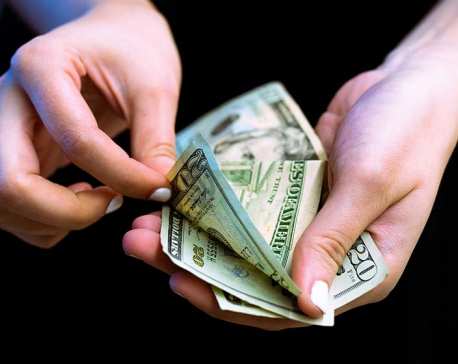
Nepali rupee slides to a record low against USD; $1=Rs 133.57
KATHMANDU, Nov 3: The Nepali rupee dipped to a historic record low against the US dollar with Nepal Rastra Bank... Read More...

Nepali rupee plunges to record low against USD; $1=Rs 133.54
KATHMANDU, Sept 20: The Nepali rupee fell to a record low against the US dollar with Nepal Rastra Bank (NRB)... Read More...

Nepali rupee plunges to a historic low against US dollar; exchange rate hits Rs 124.68 per dollar
KATHMANDU, June 9: The Nepali currency on Thursday plunged to a record low against the US dollar with Nepal Rastra Bank... Read More...
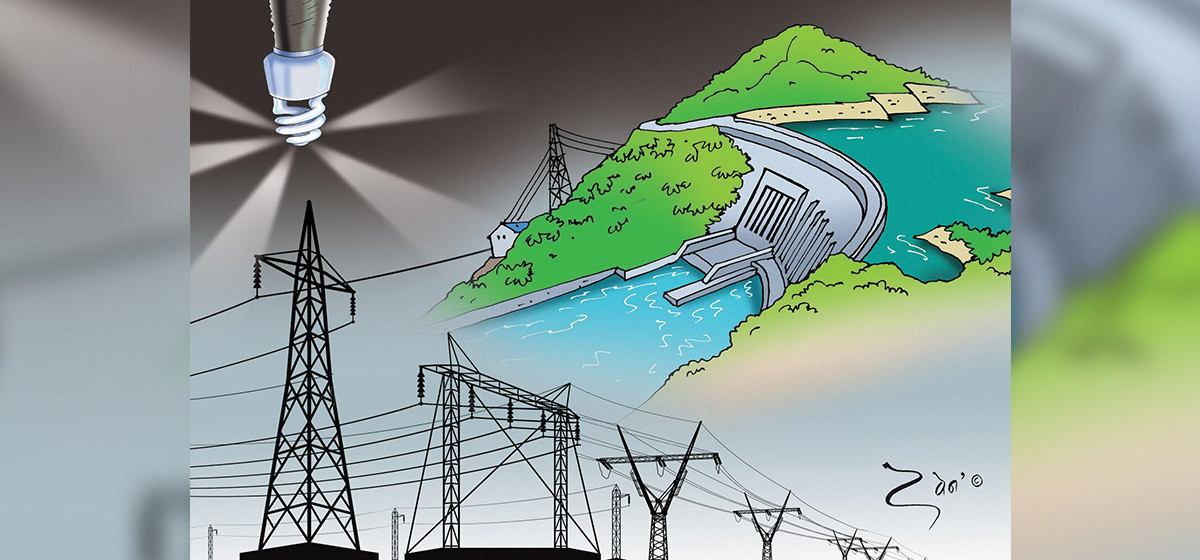
-1200x560-wm_20240503161056.jpg)
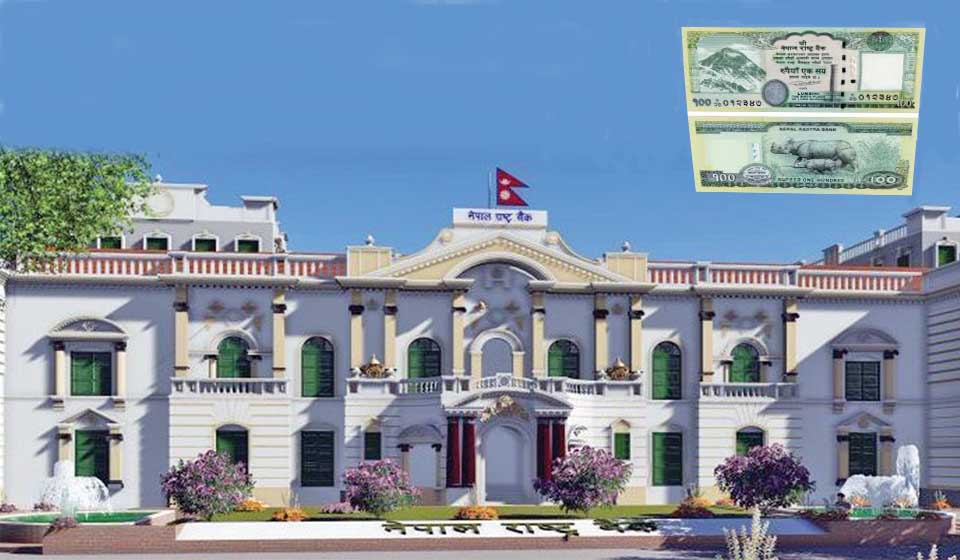
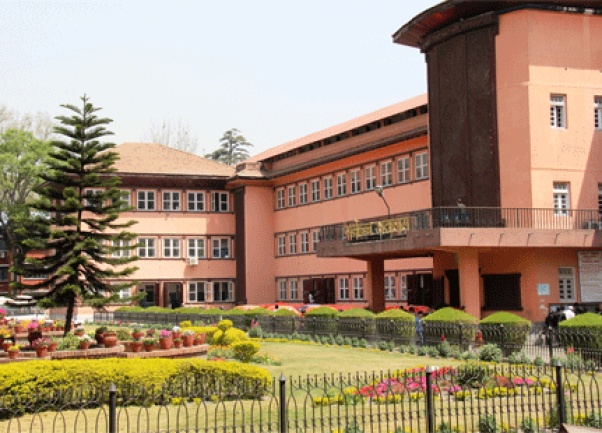
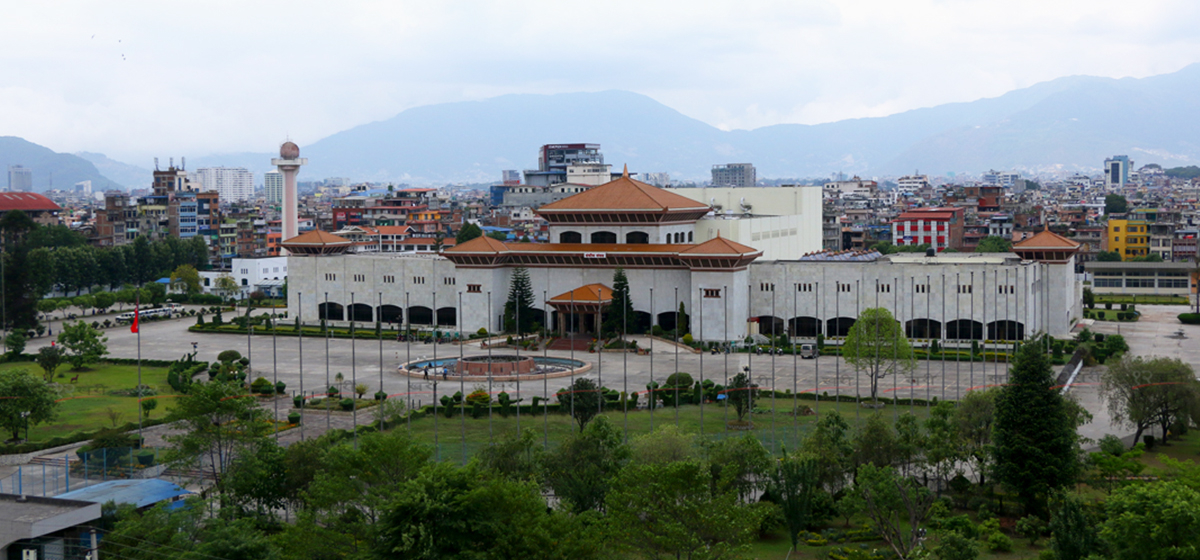
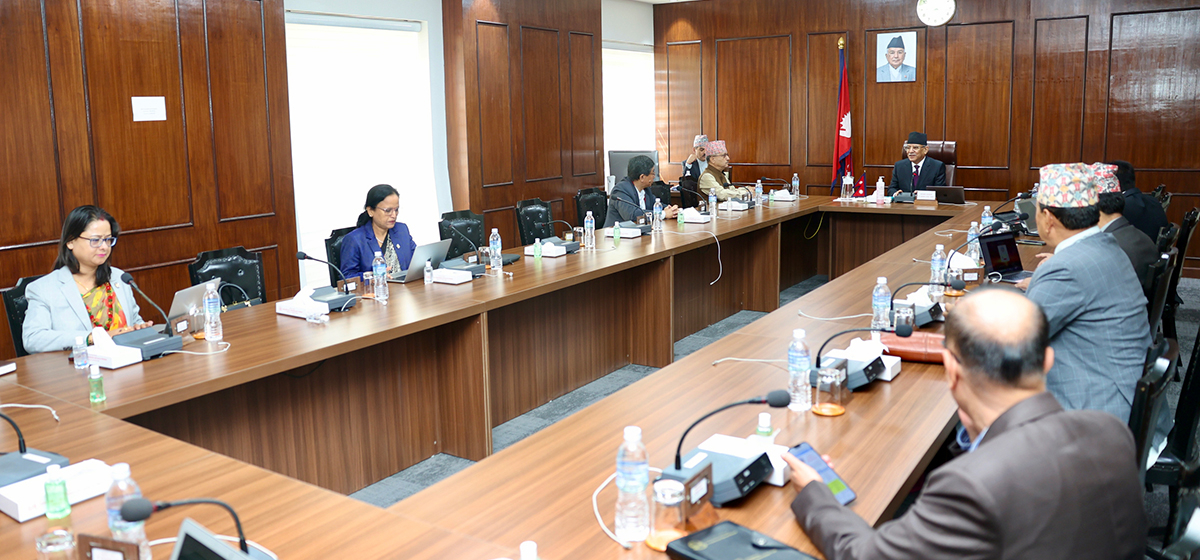

-1200x560-wm_20240503161056.jpg)
Just In
- Over two dozens bills stalled in previous parliamentary session yet to be registered for deliberation
- Japanese Foreign Minister Yoko Kamikawa to visit Nepal on Sunday
- Cabinet transfers six secretaries
- KMC’s 35-day ultimatum to RB Complex and People's Plaza to settle outstanding taxes
- Govt reduces fiscal equalization grant by Rs 317.4 million in Makwanpur
- Govt approves proposal to feature new Nepal map that includes Kalapani, Lipulekh and Limpiyadhura on 100 rupee note
- Madhesh: LSP’s provincial assembly member Abhiram Sharma suspended
- Flight operations again halted at PRIA on Friday



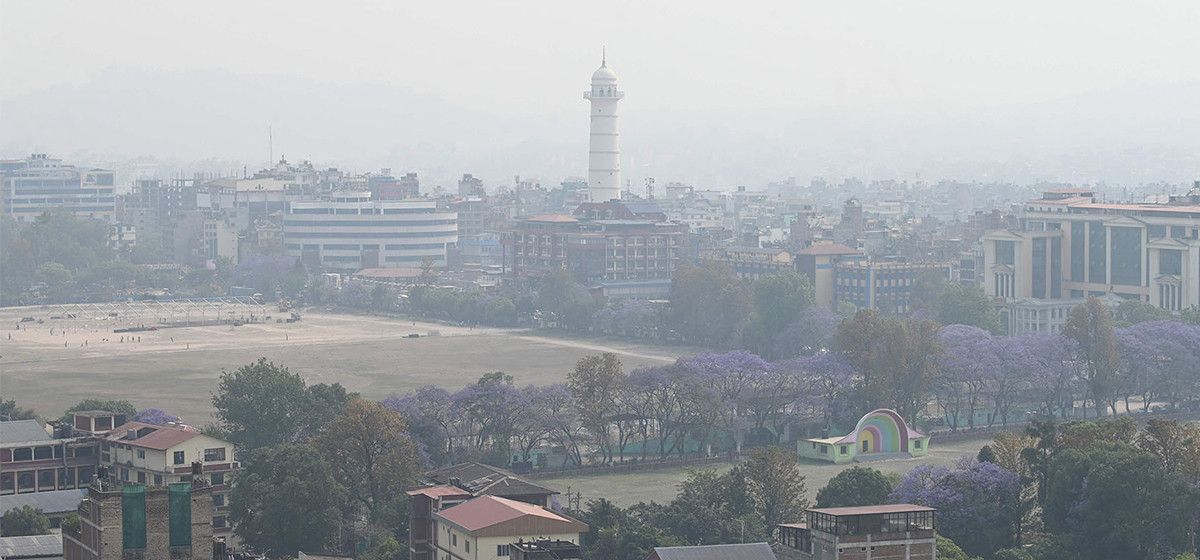





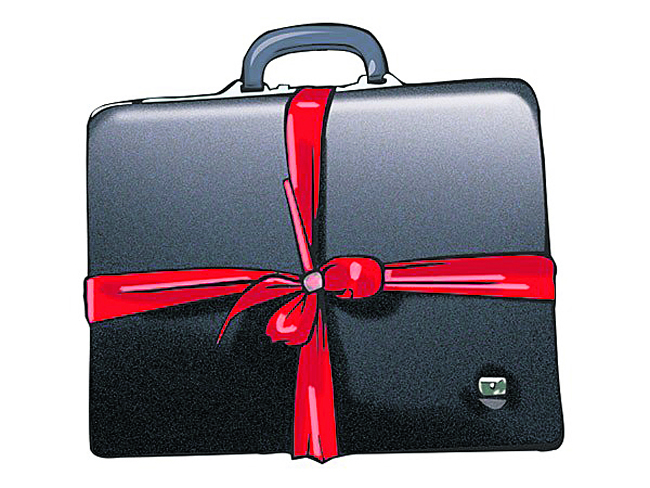

Leave A Comment